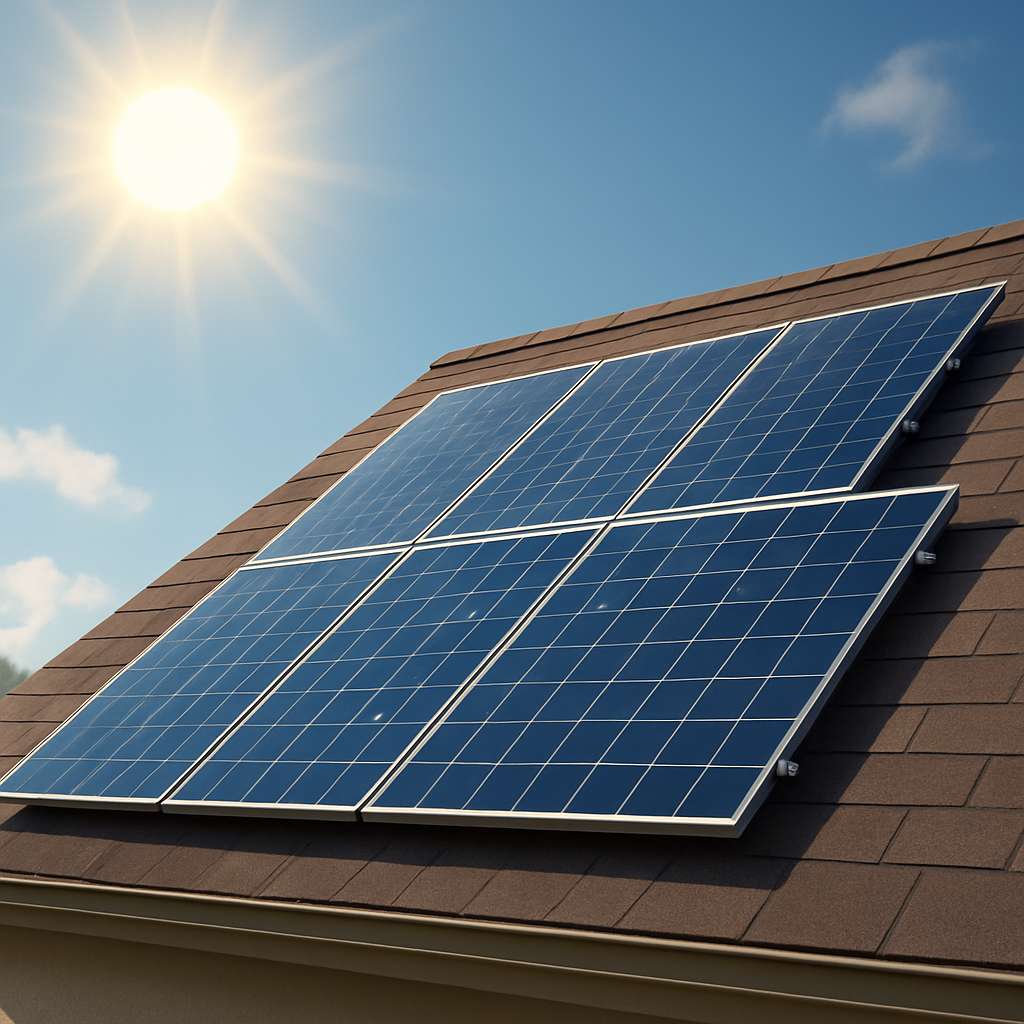
Switching to solar energy is a smart and sustainable decision—but without proper solar system design, even the best solar panels can fall short of their potential. Whether you’re planning an installation for your home, office, or commercial building, the design phase is where energy efficiency, system performance, and long-term cost savings are determined.
A well-thought-out design isn’t just about placing solar panels on a roof. It’s about maximizing output while minimizing cost and future maintenance needs.
What is Solar System Design?
Solar system design refers to the process of planning and engineering a solar energy system before installation. This includes:
- Assessing site conditions (roof angle, shading, location)
- Calculating energy requirements
- Selecting components (panels, inverters, batteries)
- Designing the layout for optimal performance
- Ensuring compliance with local codes and utility regulations
Every structure is unique, and so are its energy needs. That’s why a professional design is essential before moving forward.
Why Solar System Design Matters
1. Maximizes Energy Output
Good design ensures that every solar panel receives optimal sunlight throughout the day. By analyzing sun paths and shading patterns, designers can position panels to generate the most power year-round.
2. Reduces System Losses
Improperly designed systems often suffer from energy losses due to panel mismatches, voltage drops, or poor inverter placement. Smart design reduces these inefficiencies and ensures smooth operation.
3. Optimizes Cost Efficiency
You don’t always need the biggest system—you need the right system. An accurate load analysis helps determine the right number of panels and battery size, saving upfront costs and reducing future bills.
4. Ensures Safety and Code Compliance
Professional system design includes structural analysis, wiring diagrams, grounding, and fire safety measures. It also ensures the system meets local permitting and utility requirements.
Key Elements of a Good Solar Design
1. Site Assessment
A physical or digital survey is performed to understand the conditions of the installation area. Factors like roof slope, orientation, potential shading from nearby buildings or trees, and available space are analyzed.
2. Energy Audit
This involves reviewing utility bills or monitoring your current energy use to determine how much power you need from your solar system.
3. Component Selection
The design stage decides:
- Panel type (monocrystalline, polycrystalline)
- Inverter type (string, micro, hybrid)
- Battery storage (if applicable)
All components must work harmoniously together for optimal efficiency.
4. Electrical and Structural Engineering
Electrical plans include voltage, wiring layout, conduit runs, and safety shutoffs. Structural plans ensure the roof or mounting structure can handle the system’s load.
5. Documentation and Permits
Accurate designs help secure permits quickly. Without it, your project can be delayed or denied approval altogether.
Residential vs Commercial Solar System Design
While both follow the same design principles, commercial systems usually:
- Require larger arrays
- Demand higher energy output
- Have more complex utility interconnection processes
- May include advanced monitoring and control systems
Residential systems, on the other hand, focus on compactness, aesthetics, and budget.
Role of Technology in Modern Solar Design
Modern solar system design relies heavily on software tools like:
- Helioscope
- Aurora Solar
- PVsyst
- AutoCAD or SketchUp (for layout drawings)
These tools allow designers to simulate system performance, adjust layouts instantly, and present visual mockups for client approval.
Common Mistakes to Avoid
- Skipping the Shade Analysis – Even minor shading can reduce output by up to 30%.
- Overdesigning – Bigger isn’t always better. Oversizing can waste money.
- Neglecting Local Permitting Rules – Leads to delays or denied approvals.
- Not Considering Future Loads – System should accommodate future needs like EV chargers or AC systems.
- Ignoring Maintenance Access – Panels should be easy to clean and repair.
Real-Life Impact: A Case Study Example
In one commercial solar project in Pune, a factory opted for a 100 kW system. Initially, the client wanted to fit as many panels as possible on the roof. However, after a proper solar system design, it was discovered that 85 kW with optimal tilt and orientation would yield higher output due to reduced shading and better airflow. This design decision resulted in 12% higher efficiency and saved ₹4 lakhs annually.
Working With a Professional Makes the Difference
Professional designers bring experience, certification, and understanding of local codes. They also provide accurate documentation to streamline approvals and optimize ROI. Without professional support, you risk system underperformance, regulatory issues, or costly fixes.
Conclusion
A well-executed solar system design is not just a technical step it’s the foundation of a successful solar energy installation. It ensures your panels work efficiently, your system remains safe, and your investment delivers returns for years to come. Whether for a small home or a large industrial complex, designing it right from the start is the smart way forward.
If you’re planning to go solar, don’t skip the design phase get it done right.
Solar Estique offers professional design and engineering services for both residential and commercial projects, helping clients across India and Nepal make the most of solar energy.
Contact Solar Estique today to get started with your customized solar system design.

